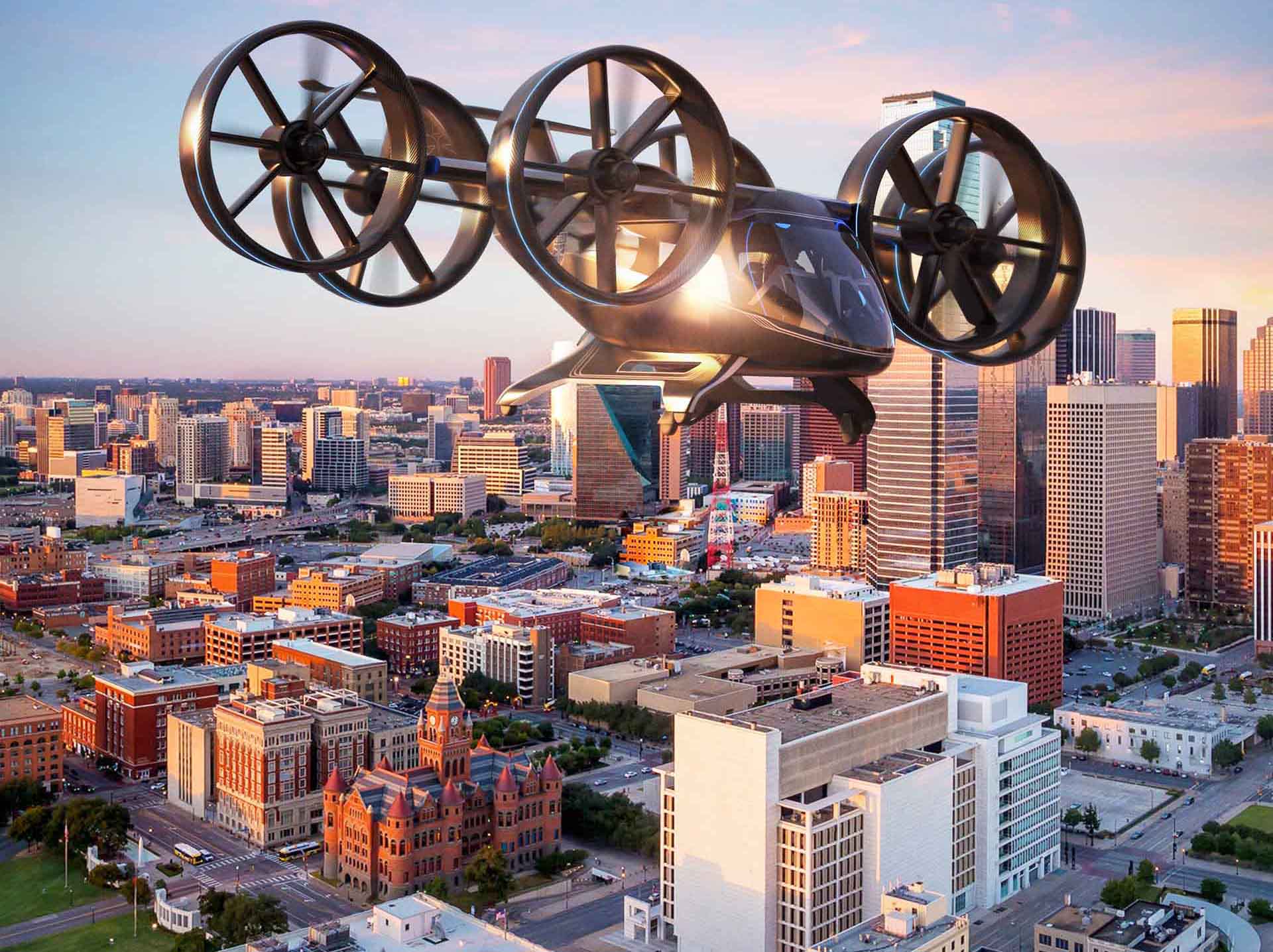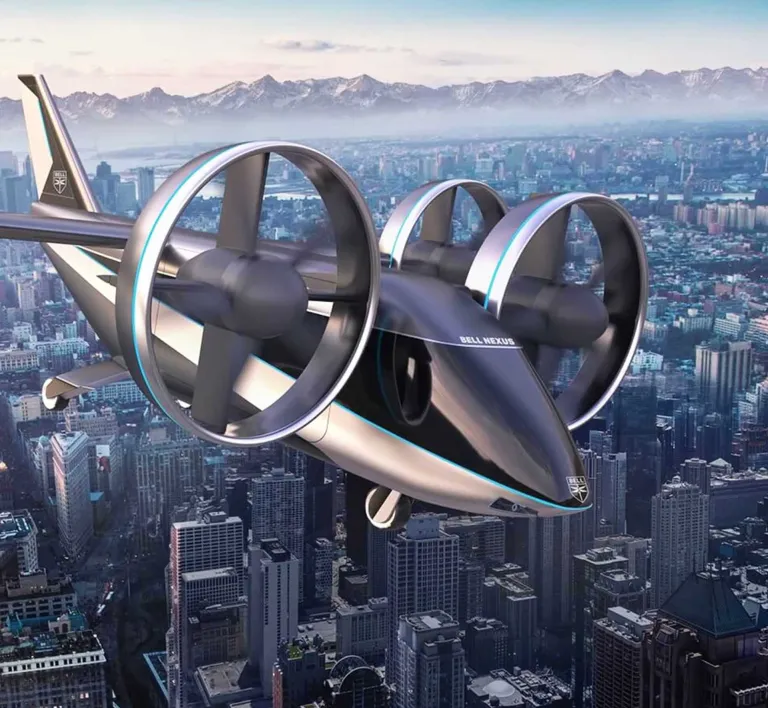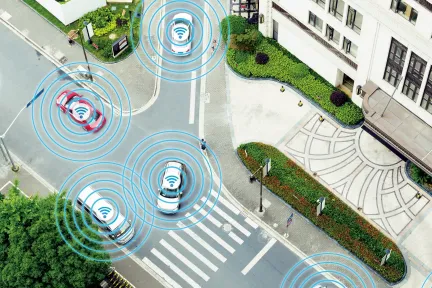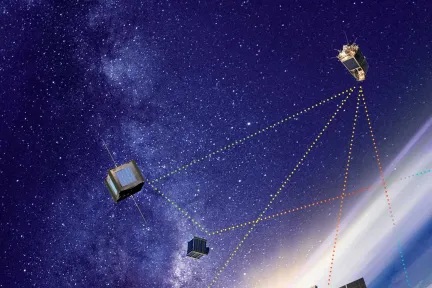A new kind of flying machine
Growing urban populations and the increasing size of cities around the world will inevitably cause traffic congestion problems.
As well as design solutions, simulation is now a vital tool for Bell; it is crucial for modeling the system of systems that is urban mobility, and for showing partners, urban planners and local politicians what it will look like in the future.
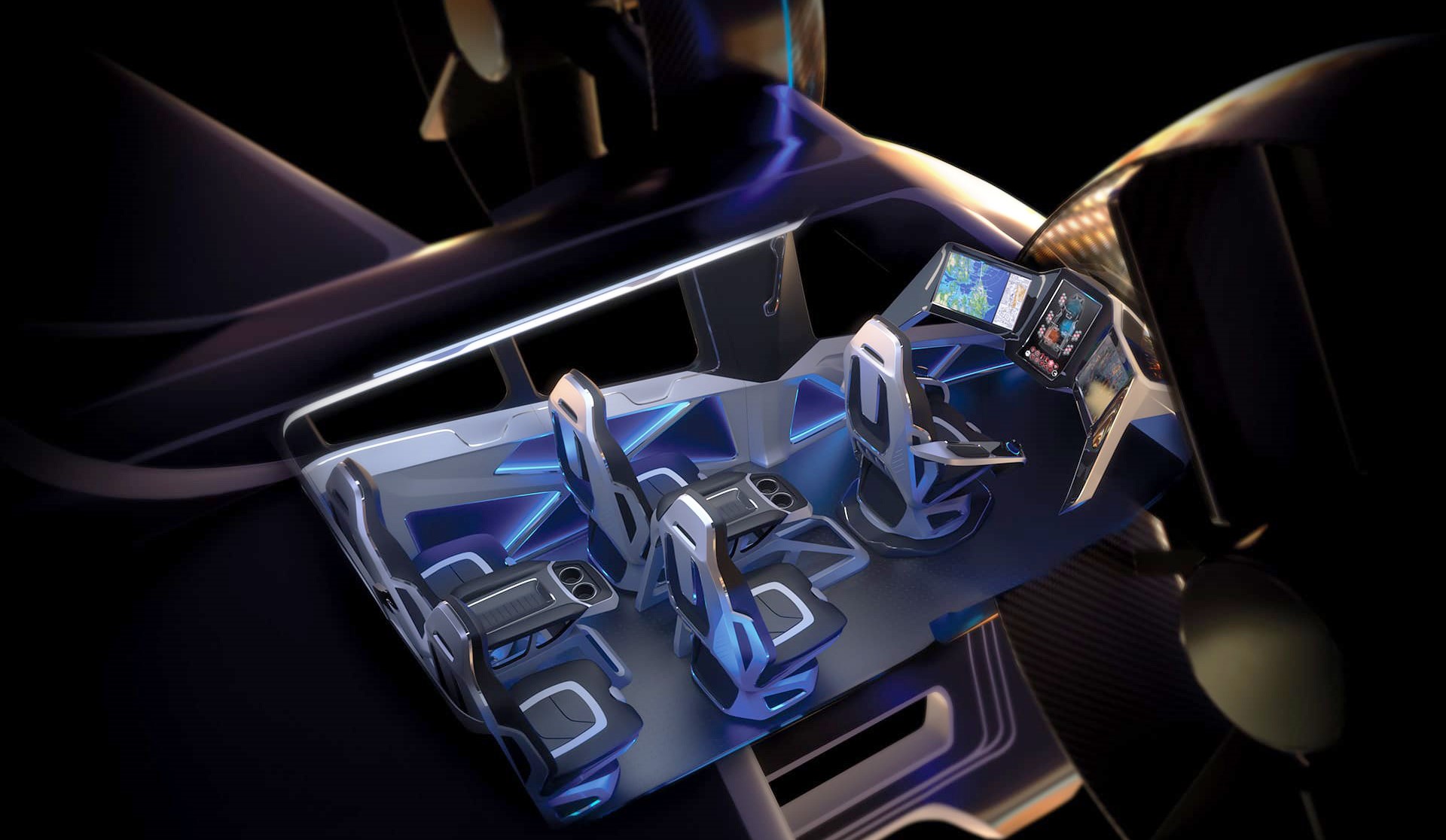
Helping people get around cities is a challenge for manufacturers interested in urban air mobility. Growing urban populations and the increasing size of cities around the world will inevitably cause traffic congestion problems. One solution is to develop safe, affordable, and accessible air travel in the urban context.
Bell has developed the Nexus 4EX, a four-rotor all-electric air taxi with a range of around 100 km (60 miles), designed for use in cities. One of the challenges facing Bell is to gain regulatory authorization for this new type of urban flying machine, which needs to integrate and interconnect with a dense transport system.
Infrastructure is another issue: landing areas, for example on the rooftops of buildings, will also need to be certified for a specific category of aircraft.
As a result, manufacturers must work with politicians, local government teams and urban planners to help define the infrastructure required to develop urban air mobility. Gaining acceptance among the public will be another significant challenge. Although Bell’s eventual aim is for the Nexus to be fully autonomous, a pilot will be required in the early days to gain the public‘s trust. Bell is more than just an aerospace company; it wants to be a provider of mobility services that form an integral part of a comprehensive, multimodal urban transport ecosystem.
By developing its Bell AerOS cloud-based solution, the company will be able to respond rapidly to the needs of city-dwellers by managing the maintenance, monitoring vehicle health, and scheduling the fleet. Bell is a long-standing user of Dassault Systèmes’ solutions and technology, which play a key role when it is designing, developing and making its innovative products.
As well as design solutions, simulation is now a vital tool for Bell; it is crucial for modeling the system of systems that is urban mobility, and for showing partners, urban planners and local politicians what it will look like in the future. It is an essential tool for communicating ideas and getting others to buy into them.
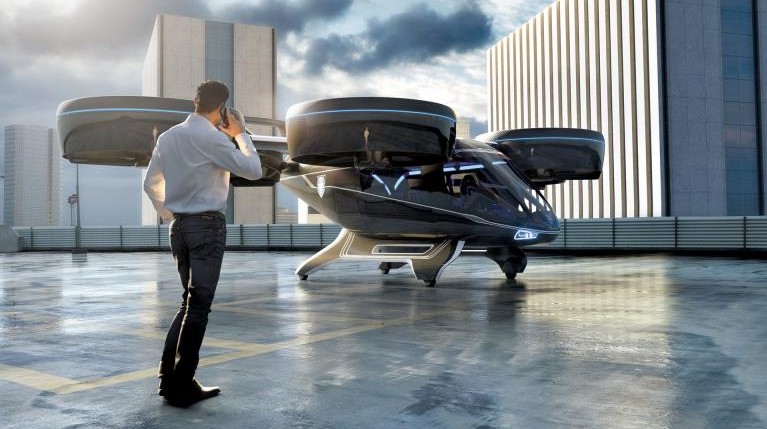
A NEW MOBILITY SYSTEM
The world’s urban areas are in desperate need of a radical mobility solution with the safest, fastest, most reliable, energy-efficient outcome, and the least amount of disturbance to the general public.
NEXUS 4EX
- 4 electrically powered rotors
- Capacity: 5 passengers (in autonomous flight mode)
- Range: 97 km (60 miles)
- Mass: 3,175 kg (7,000 lbs)
- Cruising speed: 241 km/h (150 mph)
- Maximum footprint: 12 m x 12 m (40 ft x 40 ft)
